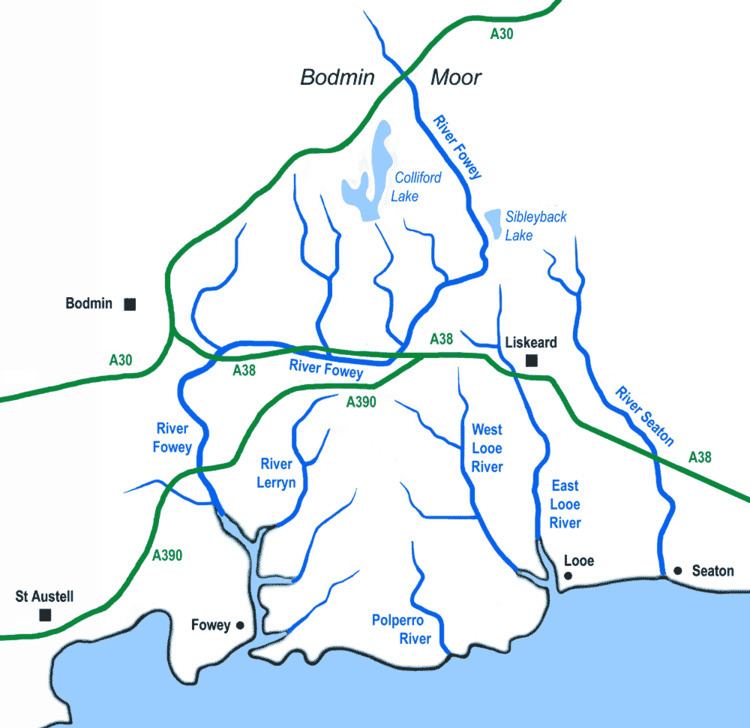 | ||
Headless in east wivelshire mp4
East Wivelshire and West Wivelshire (usually known merely as East and West) are two of the ancient Hundreds of Cornwall.
Contents
East and West (Wivelshire) must have originally had a Cornish name but it is not recorded - see Lost wydhyel; the second element gwydhyow meaning 'trees' - (Wivel may also be from an Anglo-Saxon personal name 'Wifel'). There are also Anglican deaneries by the same names, but the modern boundaries do not correspond exactly. The area must have formed one hundred originally but had already been divided into two before the Norman Conquest: they are grouped in Domesday under the head manors of Rillaton (East) and Fawton (West). The Cornish names are Ryslegh (East) and Fawy (West).
Liskeard west wivelshire
East Wivelshire
Antony St Jacob, Botus Fleming, Callington, Calstock, Egloskerry, Landulph, Landrake [with St Erney], Laneast, Launceston St Mary Magdalene, Lawhitton, Lewannick, Lezant, Linkinhorne, Maker, St Mellion, Menheniot, North Hill, Pillaton, Quethiock, Rame, Sheviock, South Hill, South Petherwin, St Germans, St John, St Stephens-with-Newport, Stoke Climsland, St Dominick, St Ive, St Stephen-by-Saltash, St Thomas Apostle-by-Launceston, Tremaine, Tresmeer, TrewenWest Wivelshire
Boconnoc, Braddock [Broadoak], Cardinham, St Cleer, Duloe, St Keyne, Lanreath, Lansallos, Lanteglos by Fowey, Liskeard, St Martin-by-Looe, Morval, St Neot, Pelynt, St Pinnock, Talland, St Veep, Warleggan, St WinnowReferences
Wivelshire Wikipedia(Text) CC BY-SA
